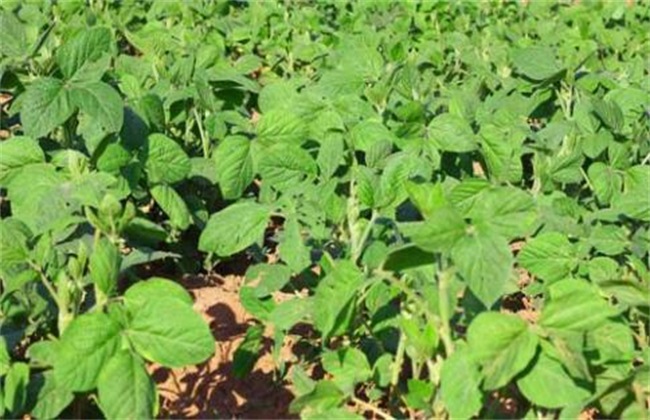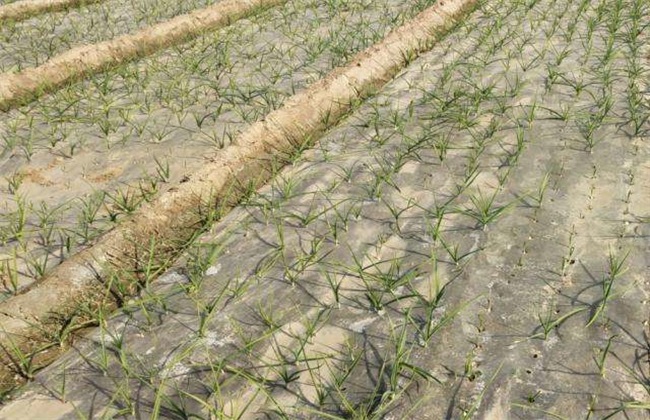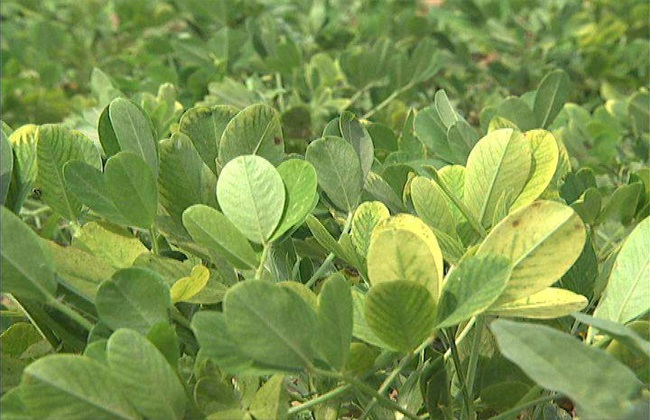Causes of yield reduction in continuous cropping of soybean
Soybean is a very common but also very important food crop in China. With a wide range of planting areas, a variety of soybean products derived from soybeans also have a very large market demand in China. Therefore, there are still a lot of people growing soybeans, and when we plant soybeans, we can't plant them again. Otherwise, it will reduce the yield of soybean, so what is the reason for the reduction of soybean yield after continuous cropping? Let's take a look at it.

1. Nutrient factors
Soybean continuous cropping, like many vegetable crops, will destroy the nutritional structure of the soil if it is planted on the same piece of land all the year round. Because soybeans absorb the same nutrients from the soil every year, the nutrients in the soil are constantly consumed unilaterally. As a result, the growth and nutrient needs of soybean can not be met, resulting in poor growth of soybean plants and a decline in yield. And during the development of soybean, there will be a kind of hydrolysis. This effect will lead to a straight increase in the content of total nitrogen in the soil, but most of the contents of available potassium and available phosphorus will be reduced, which will seriously affect the normal growth of soybean.
2. Factors of diseases and insect pests
If continuous cropping of soybean is carried out in the same field, it is very easy to produce all kinds of diseases and insect pests, which poses a serious threat to the growth of soybean. For example, in the soil of soybean continuous cropping, there are a lot of bacterial spot disease, cyst nematode and Sclerotinia sclerotiorum transmitted by soybean parasites. The germs and eggs of these diseases and insect pests will survive the winter on this plot. When the environment is suitable in the second year, the disease conditions can be obtained again, which will continue to cause harm to the soybeans planted in the second year, and the incidence of diseases and insect pests will become more and more serious year after year, and the yield will naturally decline in a straight line.
3. Biological factors
One of the main reasons for the reduction in soybean production after continuous cropping is biological factors. If soybeans are planted in the same field continuously for more than 3 years, the microbial population in the soil will change greatly and produce more spoilage bacteria. These include reducing the germination rate of soybean, harming the roots and other microorganisms. Among them, fungi will inhibit the growth and development of continuous cropping soybean, and continuous cropping soybean no matter what life activities. Some of the organic matter produced by the plant is inhibin, which will cause great damage to the structure of the soil and reduce the yield of soybean.
4. Plant factors
The continuous cropping of soybean has a great effect on the nutrient structure of soil, and the nutrient structure of soil is too single. Among them, the physicochemical properties and biological activity will also be changed, resulting in serious diseases and insect pests, resulting in soybean stunting and plant growth decline. The canopy distribution of the plant will also be out of balance. In general, the leaf area of the middle layer will be reduced and the leaves will wilt. The production capacity decreased and the nutrient accumulation of soybean plants was insufficient, which led to the decrease of yield.
The above is a brief introduction to the reasons for the reduction of soybean yield after continuous cropping. That's all for today's introduction. This article is for reference only. Thank you for your reading and support.
Related
- The first cup of black tea in spring, the flavor and history of tea gardens in Kenya, Africa
- The computer can not only choose potatoes, but also grow tea rice. AI will grow winter oolong tea champion.
- It is not only the inflated tea bitten by insects, but also engraved with the four seasons tea in Beipu.
- The Oriental Beauty Tea Festival in Zhuxian County takes the stage at the weekend to experience the plus-size feast of oil tea.
- & quot; Oriental Beauty Tea & Exploration of Emei in Hsinchu, the hometown of quot;
- The new variety of strawberry "Tainong 1" dessert is the first choice with mellow aroma. Crimson gorgeous
- History of Tea in Taiwan: from Wild Inner Mountain to Export Tea Garden
- Two types of Taiwan Oriental Beauty Black Tea won the British three-Star Award for Childhood Tea Xiang Zhang Jiaqi changed from pilot to champion tea maker.
- Banana species and varieties: the planting history of Taiwan Xianren banana and dwarf banana is long, is banana disease resistant?
- Coffee planting Technology: Qianjie Coffee from Seedling to harvesting



